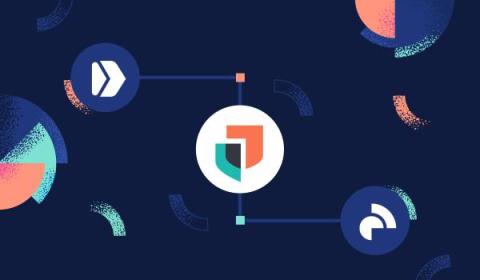AI Autonomy and the Future of Cybersecurity
Have you ever wondered how Artificial Intelligence (AI) could mimic consciousness and autonomously control various tasks? It sounds rather daunting. However, it may not be as intimidating as it seems under the right conditions. Moreover, Would AI perform tasks independently in the same manner as humans? And what implications does this hold for cybersecurity? In the present day, we are observing the rise of self-driving cars that operate with minimal human input.











